|
This is the first of two cave posts, the Ajanta Caves tomorrow!
Adapted from the UNESCO website: The Ellora Caves are the remains of what was a collection of 34 monasteries and temples, extending over more than 2 km, were dug side by side in the wall of a high basalt cliff. Ellora, with its uninterrupted sequence of monuments dating from A.D. 600 to 1000, brings the civilization of ancient India to life. Not only is the Ellora complex a unique artistic creation and a technological exploit but, with its sanctuaries devoted to Buddhism, Hinduism and Jainism, it illustrates the spirit of tolerance that was characteristic of ancient India. Progressing from south to north along the cliff [as do the photos below], one discovers successively the twelve caves of the Buddhist group, which appear to be the oldest (between c. 600 and 800) and comprise monasteries and a single large temple; then the caves of the Brahmin group (c. 600 to 900) which are no doubt the best known of Ellora with the 'Cavern of the Ten Avatars' and especially the Kailasha Temple, an enormous complex; and, finally, the Jain group whose sanctuaries were created by the sect of the Digambara towards AD 800-1000. The Kailasha temple (photos 7-11 below) " is the unrivalled centerpiece of Ellora. This is designed to recall Mount Kailash, the abode of Lord Shiva – looks like a freestanding, multi-storeyed temple complex, but it was carved out of one single rock, and covers an area double the size of Parthenon in Athens. Initially the temple was covered with white plaster thus even more increasing the similarity to snow-covered Mount Kailash... The construction of this cave, claimed to be the world's largest monolithic structure, was a feat of human genius – it entailed the removal of 400,000 tonnes of rock, and took over 100 years to complete." (Wikipedia). Technical details: Sony a850 with Tokina 19-35mm lens.
0 Comments
Leave a Reply. |
Vote for your favourite 2013 photos here!
Archives
July 2014
Categories
All
|
© 2016 Capture the Soul Photography. All rights reserved.

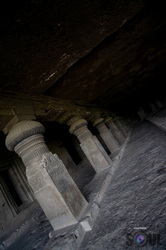
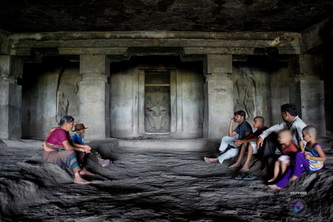
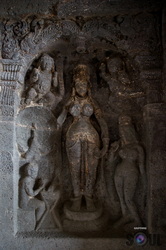
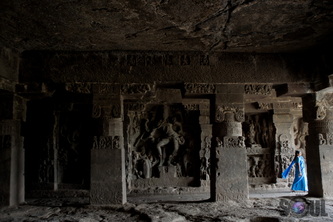
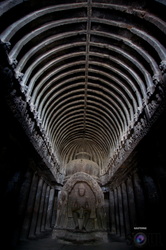
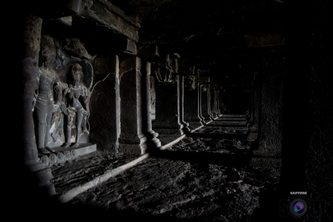
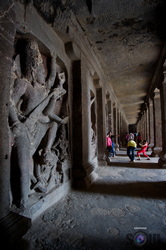
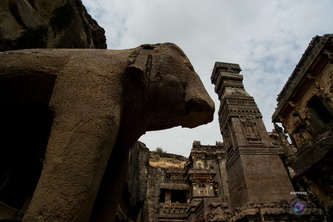
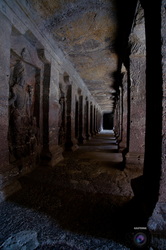
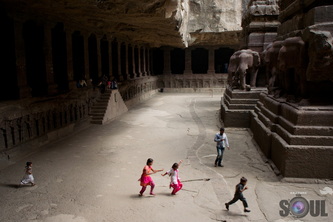
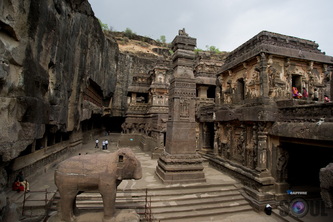
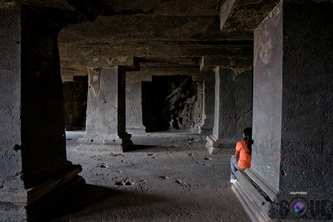
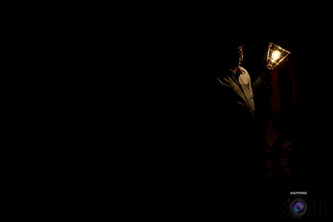
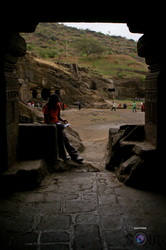
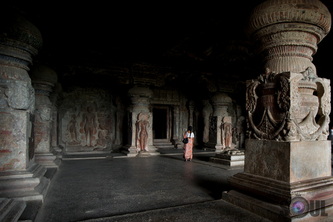
 RSS Feed
RSS Feed